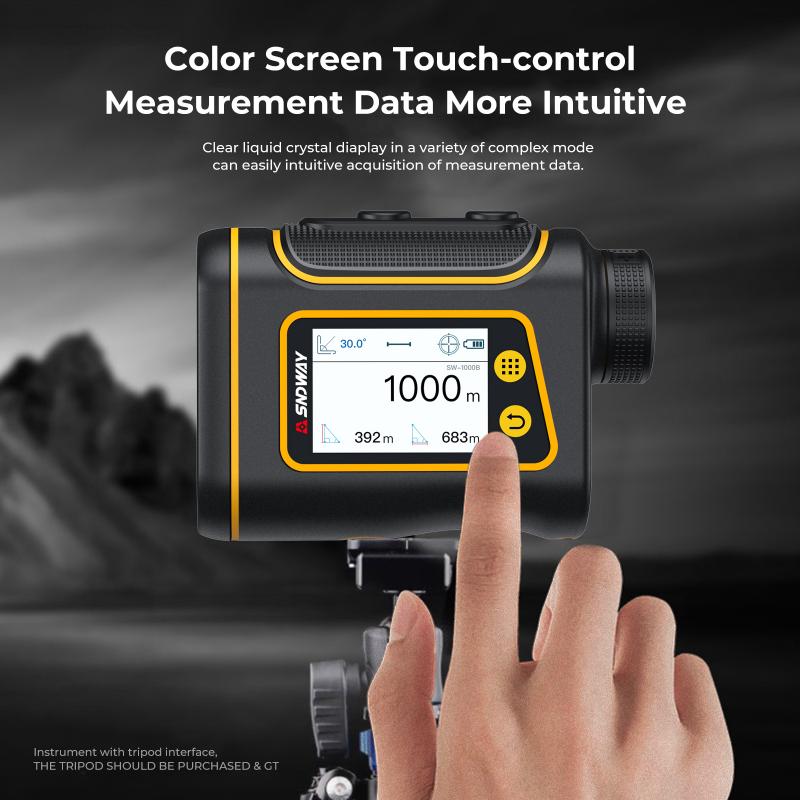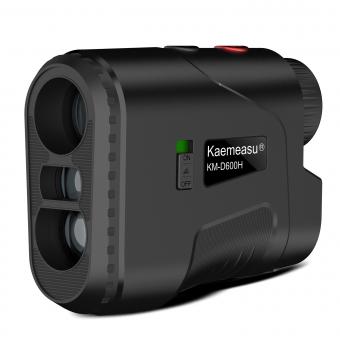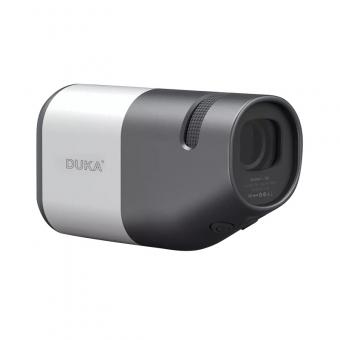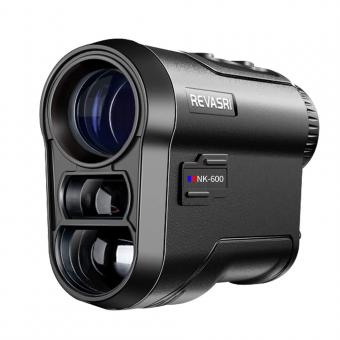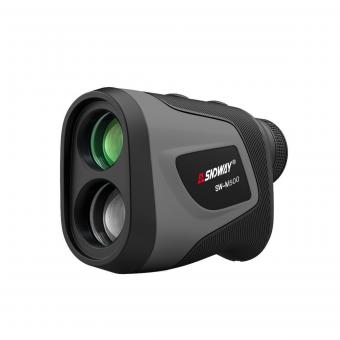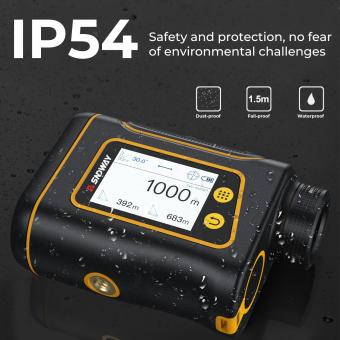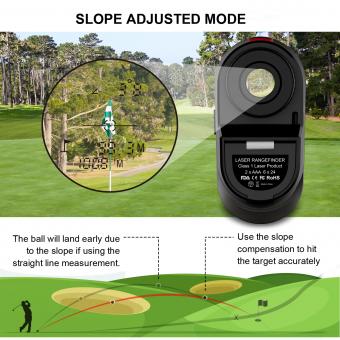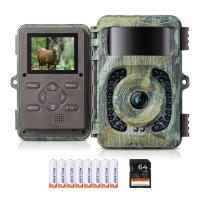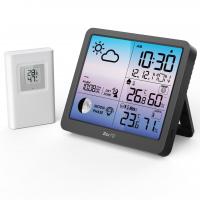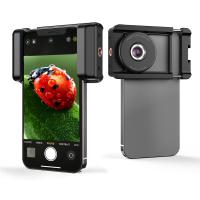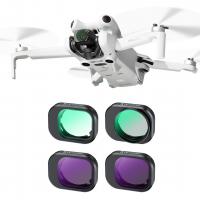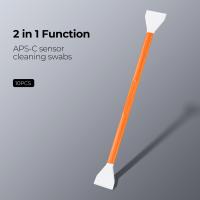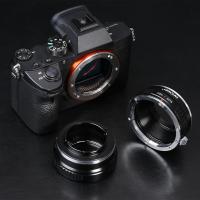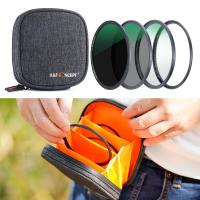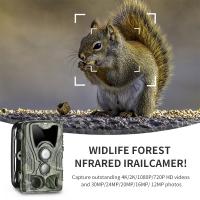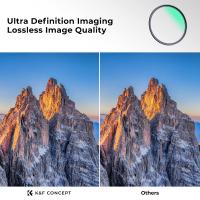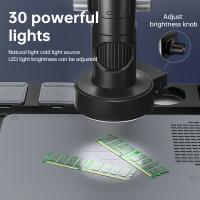How To Choose A Golf Rangefinder ?
When choosing a golf rangefinder, consider factors such as accuracy, range, ease of use, and additional features like slope compensation or GPS functionality. Look for a rangefinder with a high level of accuracy to ensure precise distance measurements. The range of the rangefinder should be suitable for your needs, taking into account the typical distances you encounter on the golf course. Ease of use is important, so look for a rangefinder with a clear display and intuitive controls. Additional features like slope compensation can be beneficial for calculating adjusted distances on hilly courses. GPS functionality can provide additional course information and help with course management. Consider your budget and compare different models to find the best value for your money. Reading reviews and seeking recommendations from other golfers can also be helpful in making an informed decision.
1、 Features and Technology of Golf Rangefinders
Features and Technology of Golf Rangefinders
When it comes to choosing a golf rangefinder, there are several factors to consider. These devices have evolved significantly over the years, incorporating advanced features and technology to enhance the accuracy and convenience of distance measurement on the golf course.
One of the most important features to consider is the range of the rangefinder. Different models offer varying ranges, so it's essential to choose one that suits your needs. Most rangefinders on the market today have a range of 400-1000 yards, which is more than sufficient for most golfers.
Another crucial feature is the magnification level. A higher magnification allows you to see the target more clearly, making it easier to measure distances accurately. Most rangefinders offer magnification levels between 5x and 7x, but some high-end models can go up to 10x.
Additionally, look for a rangefinder with a fast and reliable measurement response time. The latest models use advanced laser technology to provide quick and accurate distance readings, ensuring you can make precise club selections without any delay.
Another important consideration is the display type. Most rangefinders feature an LCD display that shows the distance readings, but some models now come with a digital display or even a built-in GPS screen. These additional features can provide more detailed information about the course and help you make better strategic decisions.
Lastly, consider the size and weight of the rangefinder. Opt for a compact and lightweight model that is easy to carry around the course. Some rangefinders also come with waterproof and shockproof features, which can be beneficial in adverse weather conditions.
In conclusion, when choosing a golf rangefinder, consider the range, magnification, measurement response time, display type, and size and weight. Keep in mind that the latest models often incorporate advanced technology and additional features to enhance the overall golfing experience.
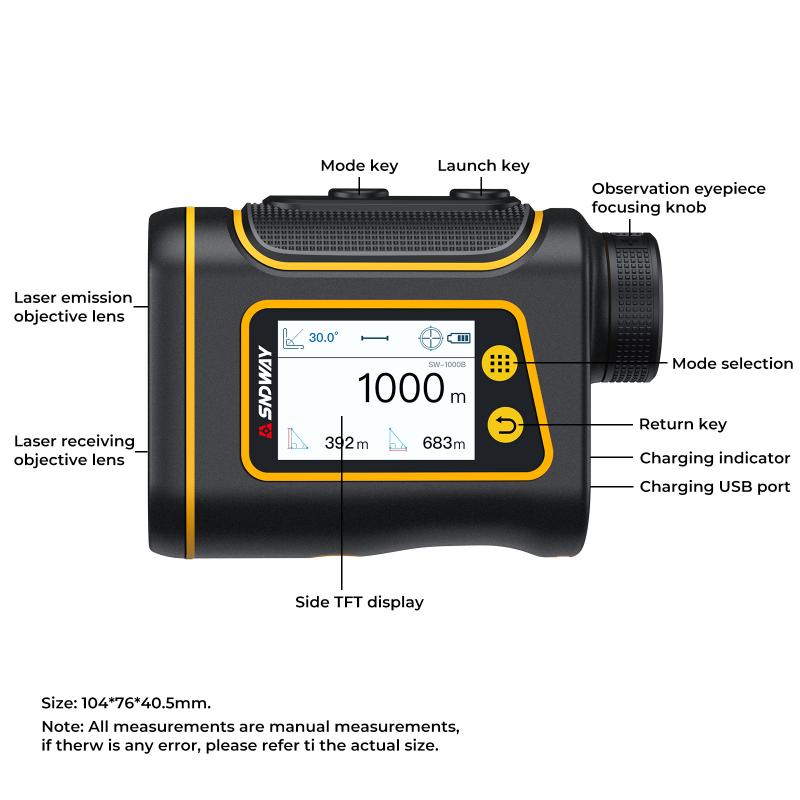
2、 Accuracy and Range of Golf Rangefinders
When it comes to choosing a golf rangefinder, there are several factors to consider. One of the most important factors is the accuracy of the device. A golf rangefinder should provide precise measurements to help you make accurate shots on the course. Look for a rangefinder that has a high level of accuracy, preferably within one yard.
Another crucial factor to consider is the range of the golf rangefinder. The range refers to the maximum distance at which the device can accurately measure distances. It is important to choose a rangefinder with a range that suits your needs. Most rangefinders have a range of 400-1000 yards, but some advanced models can measure distances up to 1500 yards or more.
In addition to accuracy and range, there are other features to consider. One such feature is slope compensation, which adjusts the distance measurement to account for the slope of the terrain. This can be particularly useful on hilly courses. Some rangefinders also offer advanced features like GPS integration, which provides additional course information.
It is also worth considering the size and weight of the rangefinder. A compact and lightweight device is easier to carry around the course and won't be a burden in your golf bag.
Lastly, it is important to consider the price of the golf rangefinder. While there are high-end models with advanced features, there are also more affordable options that still offer accurate distance measurements. Consider your budget and choose a rangefinder that provides the features you need without breaking the bank.
In conclusion, when choosing a golf rangefinder, consider factors such as accuracy, range, additional features, size, weight, and price. By carefully evaluating these factors, you can find a rangefinder that suits your needs and helps improve your game on the course.
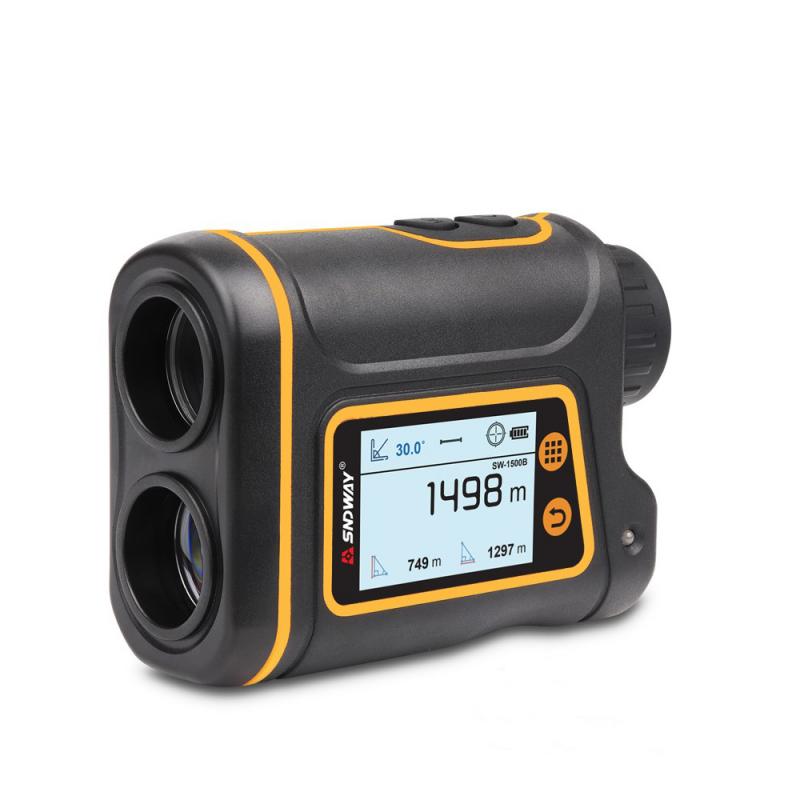
3、 Size and Portability of Golf Rangefinders
Size and portability are important factors to consider when choosing a golf rangefinder. The size of the device can affect its ease of use and convenience on the golf course. A compact and lightweight rangefinder is generally preferred as it can be easily carried in a pocket or attached to a golf bag without adding much weight or bulk.
The latest advancements in technology have led to the development of smaller and more portable golf rangefinders. Many models now come in sleek and ergonomic designs that fit comfortably in the hand. These compact devices are not only easier to handle but also less likely to be a distraction during gameplay.
Portability is another crucial aspect to consider. Golfers often have to walk long distances on the course, so a rangefinder that is easy to carry is highly desirable. Look for features like a belt clip or a lanyard attachment that allow for convenient transportation.
Additionally, the size and portability of a golf rangefinder should not compromise its performance. Ensure that the device still offers accurate distance measurements and clear optics despite its compact size. Reading reviews and comparing specifications can help determine which rangefinders strike the right balance between size, portability, and functionality.
In conclusion, when choosing a golf rangefinder, consider the size and portability of the device. Opt for a compact and lightweight model that is easy to carry and handle on the golf course. The latest advancements in technology have made it possible to find rangefinders that are both small and powerful, providing accurate distance measurements without sacrificing convenience.
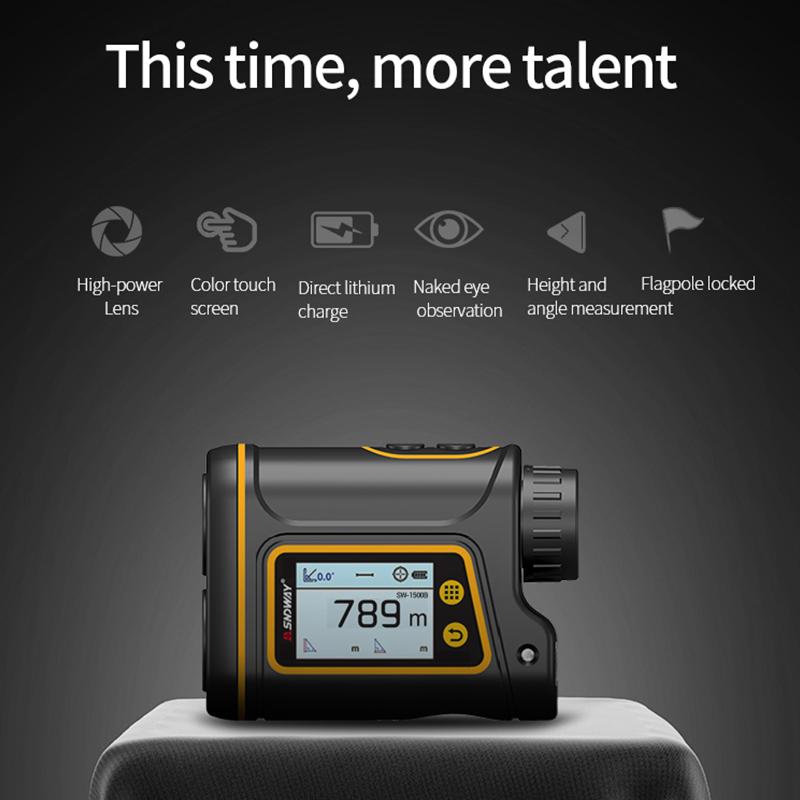
4、 Display and Readability of Golf Rangefinders
Display and readability are crucial factors to consider when choosing a golf rangefinder. The display should be clear, easy to read, and provide accurate information to help golfers make informed decisions on the course.
One important aspect to consider is the size of the display. A larger display allows for better visibility, especially for those with poor eyesight or in low light conditions. Additionally, a high-resolution display ensures that the information is displayed clearly and accurately.
Another factor to consider is the type of display technology used. Most golf rangefinders use LCD or LED displays. LCD displays are known for their sharpness and clarity, while LED displays offer better visibility in bright sunlight. Some rangefinders also come with adjustable brightness settings, allowing golfers to customize the display according to their preferences and lighting conditions.
Furthermore, the information displayed should be easy to understand and navigate. The rangefinder should provide accurate distance measurements to the target, as well as additional information such as slope, elevation, and hazards. Some rangefinders even offer a 3D view of the course, providing a more immersive and detailed experience.
It is also worth considering the readability of the display in different weather conditions. Some rangefinders come with anti-glare coatings or polarized lenses to enhance visibility in bright sunlight. Others may have a fog mode or water-resistant features to ensure readability in adverse weather conditions.
In conclusion, when choosing a golf rangefinder, it is important to consider the display and readability features. A clear, easy-to-read display with accurate information is essential for making informed decisions on the golf course. The latest rangefinders offer advanced display technologies and customizable settings to enhance visibility in various lighting and weather conditions.
